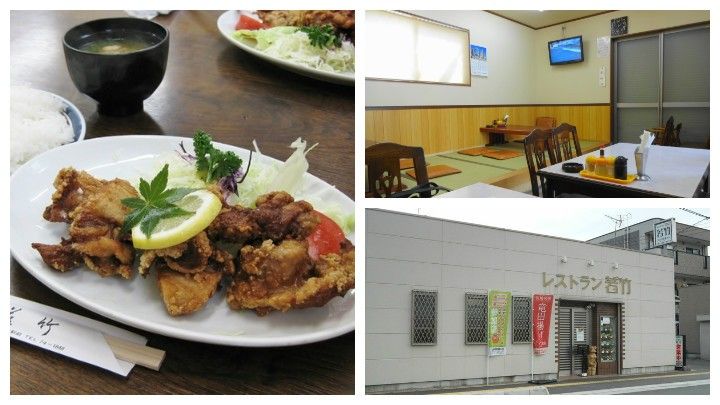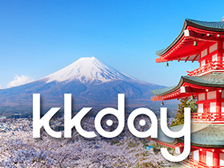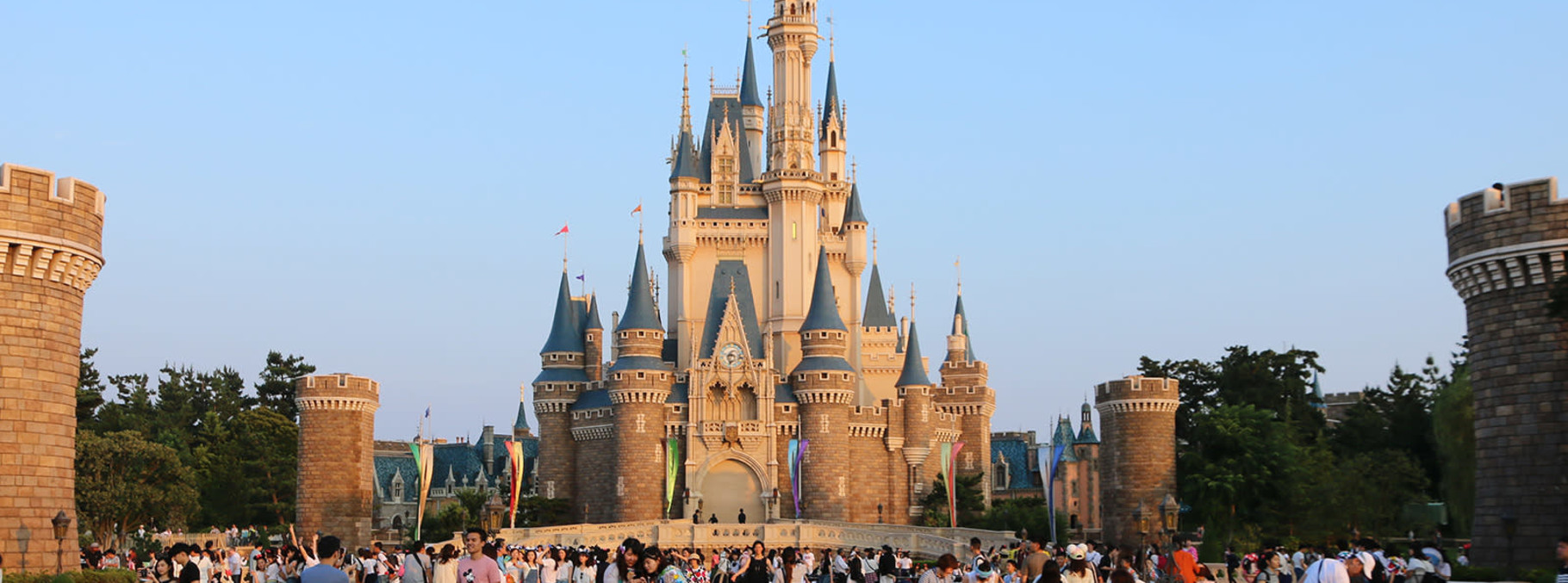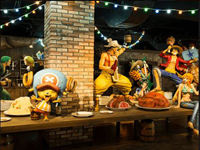Ikaruga


(Source: mith17/Flickr)
Temple Approach
The approach to Horyu-ji comes into view as you make your way from Horyuji Station towards the temple. The 350-meter straight pathway with pine trees lining both sides is a sight to behold. If you take a look on the outsides of the temple approach pathway, you will notice an abundance of souvenir stores and restaurants. This would be the perfect place for a light meal before visiting the temple.

(Source: Don Pancho)
Nandaimon (gate)
As you come to the end of the temple approach, the view of the entrance to Horyu-ji opens up in a wide expanse before you. This entrance gate is called Nandaimon, a designated national treasure and is also included in the top three temple gates in Japan. Such a distinguished gate is well suited as the entrance to this World Heritage Site temple.

(Source: Wikipedia)
Horyu-ji
This temple displays old, wooden structural architecture in Japan and has been designated as a World Heritage Site. It is said that this temple was built in 607 by Shotoku Taishi who was responsible for spreading the culture of Buddhism throughout Japan. Because of this, it is the most well-known sightseeing spot in Ikaruga.

(Source: Wikipedia)
Five-Storied Pagoda
This is the oldest of only 11 five-storied pagodas in Japan. It is beautifully designed, with the structure growing gradually narrower from the bottom to the top. The roof of the fifth story measures half that of the roof of the ground floor. Visitors admire the exquisite design and architecture. It is hard to believe this was achieved so many years ago.

(Source: longbridgeの徒然ブログ)
Horin-ji
This temple is nestled at the foot of Ikaruga’s mountains. Ten Buddhist images showing a variety of expressions are enshrined in the central temple structure. The highlight of this temple is the three-storied pagoda that is visible from outside the temple grounds. This building burned down once due to lightning, but was rebuilt in 1977. The pale vermillion is characteristic of this simple pagoda.

(Source: 私の京都)
Hokki-ji
Hokki-ji is a very short walk from Horin-ji. The pagoda here was built 1,300 years ago, and is Japan’s oldest three-storied pagoda. This pagoda together with the five-storied pagoda of Horyu-ji, and the three-storied pagoda of Horin-ji, are known as the Ikaruga Three Towers, and is a long-time favourite sightseeing spot in Ikaruga.

(Source: 奈良の塔)
Fujinoki Tomb
This tomb, located to the west of Horyu-ji, is a circular-shaped tumulus put in place in the first half of the 6th century. It was discovered in 1985, and proved to be an invaluable source of information as it had been untouched up until the time of its discovery. Visitors can now see replicas of items that were discovered on display in the Ikaruga Cultural Property Center, adjacent to the tumulus.

(Source: Wikipedia)
Chugu-ji
This temple is believed to have been built by the founder of Horyu-ji, Shotoku Taishi, or his mother, and is home to a calm Buddha statue in a contemplative half-lotus position, as well as the world’s oldest piece of embroidery, "Tenjukoku Mandara Shucho" (the embroidery made in prayer for Prince Shotoku to go to Heaven after his death). Visitors to this spot can get in touch with the Japanese culture that has flourished here for over 1,400 years.

(Source: naoki / PIXTA(ピクスタ))
Ikaruga Specialty: Tatsuta Age
Ikaruga’s must-try dish is tatsuta age, made using fish or chicken that has been marinated before being coated in potato starch and fried. The origin of the name comes from Tatsuta River that flows through Ikaruga. When the meat is fried in oil it turns a deep red, while the potato starch retains its white color. This color combination is likened to the autumn-colored leaves floating down Tatsuta River. Wakatake Restaurant, a short walk from Horyuji Station’s north exit is particularly popular. The flavors will be released in your mouth the moment you bite into a piece of juicy tatsuta age.

(Source: 食べログ)

(Source: mith17/Flickr)
Temple Approach
The approach to Horyu-ji comes into view as you make your way from Horyuji Station towards the temple. The 350-meter straight pathway with pine trees lining both sides is a sight to behold. If you take a look on the outsides of the temple approach pathway, you will notice an abundance of souvenir stores and restaurants. This would be the perfect place for a light meal before visiting the temple.

(Source: Don Pancho)
Nandaimon (gate)
As you come to the end of the temple approach, the view of the entrance to Horyu-ji opens up in a wide expanse before you. This entrance gate is called Nandaimon, a designated national treasure and is also included in the top three temple gates in Japan. Such a distinguished gate is well suited as the entrance to this World Heritage Site temple.

(Source: Wikipedia)
Horyu-ji
This temple displays old, wooden structural architecture in Japan and has been designated as a World Heritage Site. It is said that this temple was built in 607 by Shotoku Taishi who was responsible for spreading the culture of Buddhism throughout Japan. Because of this, it is the most well-known sightseeing spot in Ikaruga.

(Source: Wikipedia)
Five-Storied Pagoda
This is the oldest of only 11 five-storied pagodas in Japan. It is beautifully designed, with the structure growing gradually narrower from the bottom to the top. The roof of the fifth story measures half that of the roof of the ground floor. Visitors admire the exquisite design and architecture. It is hard to believe this was achieved so many years ago.

(Source: longbridgeの徒然ブログ)
Horin-ji
This temple is nestled at the foot of Ikaruga’s mountains. Ten Buddhist images showing a variety of expressions are enshrined in the central temple structure. The highlight of this temple is the three-storied pagoda that is visible from outside the temple grounds. This building burned down once due to lightning, but was rebuilt in 1977. The pale vermillion is characteristic of this simple pagoda.

(Source: 私の京都)
Hokki-ji
Hokki-ji is a very short walk from Horin-ji. The pagoda here was built 1,300 years ago, and is Japan’s oldest three-storied pagoda. This pagoda together with the five-storied pagoda of Horyu-ji, and the three-storied pagoda of Horin-ji, are known as the Ikaruga Three Towers, and is a long-time favourite sightseeing spot in Ikaruga.

(Source: 奈良の塔)
Fujinoki Tomb
This tomb, located to the west of Horyu-ji, is a circular-shaped tumulus put in place in the first half of the 6th century. It was discovered in 1985, and proved to be an invaluable source of information as it had been untouched up until the time of its discovery. Visitors can now see replicas of items that were discovered on display in the Ikaruga Cultural Property Center, adjacent to the tumulus.

(Source: Wikipedia)
Chugu-ji
This temple is believed to have been built by the founder of Horyu-ji, Shotoku Taishi, or his mother, and is home to a calm Buddha statue in a contemplative half-lotus position, as well as the world’s oldest piece of embroidery, "Tenjukoku Mandara Shucho" (the embroidery made in prayer for Prince Shotoku to go to Heaven after his death). Visitors to this spot can get in touch with the Japanese culture that has flourished here for over 1,400 years.

(Source: naoki / PIXTA(ピクスタ))
Ikaruga Specialty: Tatsuta Age
Ikaruga’s must-try dish is tatsuta age, made using fish or chicken that has been marinated before being coated in potato starch and fried. The origin of the name comes from Tatsuta River that flows through Ikaruga. When the meat is fried in oil it turns a deep red, while the potato starch retains its white color. This color combination is likened to the autumn-colored leaves floating down Tatsuta River. Wakatake Restaurant, a short walk from Horyuji Station’s north exit is particularly popular. The flavors will be released in your mouth the moment you bite into a piece of juicy tatsuta age.

(Source: 食べログ)






